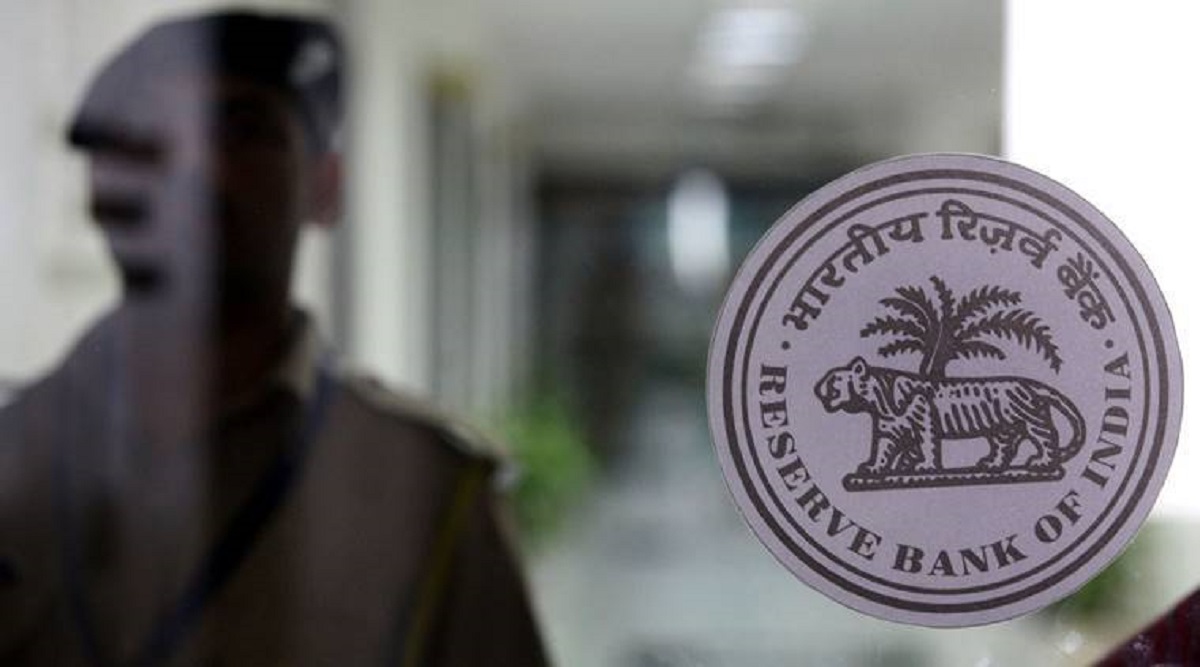Reserve Bank of India (RBI) on Friday announced the discontinuation of the incremental cash reserve ratio (I-CRR) in a phased manner beginning September 9.
On August 10, the RBI asked banks to maintain an I-CRR of 10 per cent on the increase in their net demand and time liabilities (NDTL) between May 19, 2023 and July 28, 2023. The RBI said that it will review the I-CRR on September 8 or before.

The I-CRR is an additional cash balance which the RBI can ask banks to maintain over and above the cash reserve ratio – the minimum amount of the total deposits that banks have to keep with the central bank – for a specific period.
“On a review, it has been decided to discontinue the I-CRR in a phased manner,” the RBI said in a release.
The I-CRR was announced as a temporary measure aimed at absorbing the surplus liquidity caused due to the return of Rs 2,000 banknotes to the banking system, surplus transfer to the government by the RBI, pick up in government spending and capital inflows.
Last month, RBI Governor Shaktikanta Das said the I-CRR move will absorb over Rs 1 lakh crore of surplus liquidity from the system.
“Based on an assessment of current and evolving liquidity conditions, it has been decided that the amounts impounded under the I-CRR would be released in stages so that system liquidity is not subjected to sudden shocks and money markets function in an orderly manner,” the central bank said in the release. The RBI said it will release 25 per cent of the amount impounded under the I-CRR on Saturday (September 9); another 25 per on September 23; and the balance 50 per cent on October 7, 2023. This means that if the total amount maintained by the banking system under I-CRR is around Rs 1 lakh crore, lenders will now have to maintain nearly Rs 75,000 crore under I-CRR from September 9 onwards. This will result in the release of funds worth Rs 25,000 crore. From September 23 till October 6, banks will have to maintain Rs 50,000 crore under the I-CRR, and from October 7 the banks will not be required to maintain the I-CRR.
After the imposition of I-CRR, the liquidity condition has been tight. The banking system’s liquidity turned deficit for the first time in the current fiscal on August 21 after the RBI’s I-CRR mandate. The liquidity, as reflected by the amount of money injected by the RBI into the system, stood at Rs 23,644.43 crore on August 21.
However, the liquidity condition again turned to surplus from August 24. On September 8, the RBI absorbed Rs 76,047 crore of surplus liquidity from the system.
Experts said that the RBI rolled back I-CRR ahead of the tax outflows related to advance tax and goods and services tax (GST) which will further put pressure on liquidity conditions.
“Releasing money in tranches helps to smoothen out liquidity and avoid sudden gush of funds,” Bank of Baroda’s Chief Economist Madan Sabnavis said.
Most Read 1Chandrayaan-3 mission: Dawn breaks on Moon, all eyes on lander, rover to wake up 2As Indo-Canadian relations sour, anxiety grips Indian students, residents who wish to settle in Canada 3Karan Johar says Sanjay Leela Bhansali did not call him after Rocky Aur Rani: ‘He’s never called me but…’ 4Gadar 2 box office collection day 40: Hit by Shah Rukh Khan’s Jawan onslaught, Sunny Deol movie ends BO run with Rs 45 lakh earning 5Shubh’s tour in India cancelled: Why is the Canada-based singer facing the music?
Post the announcement, the yield of 10-year government security – 7.26 per cent-2033, did not move significantly. It ended at 7.2 per cent after opening at 7.17 per cent.
Last time, the RBI imposed the I-CRR in November 2016 to absorb a part of the surplus liquidity in the system following the demonetization of Rs 500 and Rs 1,000 banknotes on November 8, 2016. The RBI had asked banks to maintain an I-CRR of 100 per cent on the increase in NDTL between September 16, 2016 and November 11, 2016.
Also ReadHDFC Bank shares fall over 3% down as lender flags hit to key ratios post…FCNR bonds were 'least bad' option to raise dollars: Raghuram RajanRBI to banks: Give property papers back within 30 days of loan closureBanking system liquidity turns deficit for first time in FY24 due to I-CR…
The I-CRR was later discontinued from the fortnight beginning December 10, 2016.


